UK Impressions
(Written Tuesday on the train from Edinburgh to Inverness)
It's only been about a week, but I think I've drank up enough scenery and experiences to share some impressions so far.
Architecture
In the city core, you see the same pattern: small buildings, built up nearly to the sidewalk, built of masonry, and of a uniform height - three to five stories. The natural grey of the stonework is the only colour - there's no paint to speak of. Stone walls or black iron fences separate buildings from sidewalks. Windows are tall and narrow, and aged. Bay windows are common. Most windows are old, but I have seen some modern replacements. There aren't street signs; the names of streets are embedded into building corners at the top of the first floor.
I think we're already accustomed to the sense of history all around us, that every wall we pass on the street is decades or hundreds of years old. We've also begun to take for granted the ornateness of decorations. Looking at the ceiling in our room, I thought about this pattern around the edges, with what looked like intertwining leaves, in white, maybe plaster. Being an engineer, I wondered: how do they get the pattern to repeat evenly? Do they calculate how many leaves are needed for each wall? Are the leaves a bit smaller on the far edges?
The tallest buildings are churches. Newer architecture is typically glass and steel, and tastefully integrated. We've seen some more suburban, single-family housing from the trains. Even these are made with brick or covered in other masonry (something like stucco?) - I have yet to see anything built of wood. And most are joined with neighbours. Yards are small, if found at all.
There's not a lot of sprawl. Single-family houses tend to have terra-cotta-like roofing.
Signage is small; we haven't seen billboards or signs mounted on posts. In the city, signs hang out from buildings and aren't larger than a few feet.
I haven't seen much in the way of sprawl. Fields abut housing developments. The Parliament buildings are steps away from a large nature park where huge crags tower. Sometimes side streets just stop after a few blocks; even the last block has the same height and density as the first.
Transportation
So far I've seen only 2- and 4-lane streets. The 4-lane streets have their outer lanes dedicated to bus and taxi transit. Dull light green coloring on the pavement is used for buses to indicate bus lanes and bus stops. Brick red coloring is for bicycle markings. I haven't seen dedicated bike lanes; I think bikes share the bus/taxi lanes.
Almost all car parking that's easily visible is on the street. I did see some larger car parks from the train, surrounding some box stores (no names that I recognized). But none in the city core.
Traffic is moderate and moves nicely. I didn't see any traffic jams. There are freeways of course, with M and A prefixes, but these are outside the city core.
The bus service was great. Most buses were doubles. There were four different bus providers. We typically bought a day pass from the Lothian line, which seemed the most local, for a little more than the price of two one-way rides. Buses were moderately full to very full. We didn't see empty buses, nor the social misfits that tend to be the primary occupants of US buses in off-peak hours. We never waited more than five minutes for a bus, at any time of day.
I'm guessing car use is much lower than in the US. (After all, the US has more cars than people.) With higher density yet lower traffic, I'd guess there's a car for every 2-3 people. Cars are small and typically models that are unavailable in the US: Vauxhall, Peugot, Renault, Seat, foreign Ford models, plus familiar Kias, Minis, Volkswagens and Toyotas. Mid-size cars are less common and tend to be European: Volvo, Saab, BMW. There was the occasional SUV: Land Rover or Honda. A Hummer or Suburban would look ludicrous and perhaps not even fit the streets and parking spaces.
We've enjoyed the train service. It appears that rails here are dedicated to passenger service; I haven't seen industrial rail yet, though I'm sure it must exist. The trains have been on time; the one time I checked, it was on the minute. Towns are not far apart so there are frequent stops. It seems the trains are diesel so far.
I haven't seen much bicycle use. Bikes are allowed on trains; I'm not sure about buses. I didn't notice bike racks on buses.
Food
We're enjoying tea with breakfast and at breaks. I'm liking the ritual. I like the way the teapot feels in my hand when I pour, and how the shape of the spout minimizes drips. Our room had biscuits, teabags, and an electric water heater that could boil cold water in about two minutes.
I've had fish and chips three times. The chips are unseasoned. The fish is a large fillet (we're guessing cod or sole), lightly breaded. Peas are also included. We've also had some curry and some Italian. I think we're eating better in general because the food is better - fewer trans fats, fewer processed flours and sugars, less sugar in general.
Reading
It's nice to get my music magazines (Q, Uncut, Mojo) at local prices. We've enjoyed reading the daily papers. We got the Sunday Times and still haven't finished it - it's packed with interesting reading, where the Sunday Oregonian kept us busy for a mere twenty minutes. There's much less of the insert advertising, and fewer ads in general.
Music
My music tastes are very Anglophilic anyway, so it's refreshing to be in a pub and hear Keane and Oasis, just as it's a bit weird to be walking in front of shops and hear some Motown. I'm finally able to get some albums I haven't seen stateside; I picked up Sulk from The Associates, an album I'd been reading about for some time; and am on the lookout for the latest albums by a-ha and Hooverphonic. (I know I could have ordered these online at any time, but that's no fun!)
Margo is looking forward to seeing live traditional music, especially when we eventually visit Ireland. She's already picked up a 3-CD sampler of Scottish music.
It's only been about a week, but I think I've drank up enough scenery and experiences to share some impressions so far.
Architecture
In the city core, you see the same pattern: small buildings, built up nearly to the sidewalk, built of masonry, and of a uniform height - three to five stories. The natural grey of the stonework is the only colour - there's no paint to speak of. Stone walls or black iron fences separate buildings from sidewalks. Windows are tall and narrow, and aged. Bay windows are common. Most windows are old, but I have seen some modern replacements. There aren't street signs; the names of streets are embedded into building corners at the top of the first floor.
I think we're already accustomed to the sense of history all around us, that every wall we pass on the street is decades or hundreds of years old. We've also begun to take for granted the ornateness of decorations. Looking at the ceiling in our room, I thought about this pattern around the edges, with what looked like intertwining leaves, in white, maybe plaster. Being an engineer, I wondered: how do they get the pattern to repeat evenly? Do they calculate how many leaves are needed for each wall? Are the leaves a bit smaller on the far edges?
The tallest buildings are churches. Newer architecture is typically glass and steel, and tastefully integrated. We've seen some more suburban, single-family housing from the trains. Even these are made with brick or covered in other masonry (something like stucco?) - I have yet to see anything built of wood. And most are joined with neighbours. Yards are small, if found at all.
There's not a lot of sprawl. Single-family houses tend to have terra-cotta-like roofing.
Signage is small; we haven't seen billboards or signs mounted on posts. In the city, signs hang out from buildings and aren't larger than a few feet.
I haven't seen much in the way of sprawl. Fields abut housing developments. The Parliament buildings are steps away from a large nature park where huge crags tower. Sometimes side streets just stop after a few blocks; even the last block has the same height and density as the first.
Transportation
So far I've seen only 2- and 4-lane streets. The 4-lane streets have their outer lanes dedicated to bus and taxi transit. Dull light green coloring on the pavement is used for buses to indicate bus lanes and bus stops. Brick red coloring is for bicycle markings. I haven't seen dedicated bike lanes; I think bikes share the bus/taxi lanes.
Almost all car parking that's easily visible is on the street. I did see some larger car parks from the train, surrounding some box stores (no names that I recognized). But none in the city core.
Traffic is moderate and moves nicely. I didn't see any traffic jams. There are freeways of course, with M and A prefixes, but these are outside the city core.
The bus service was great. Most buses were doubles. There were four different bus providers. We typically bought a day pass from the Lothian line, which seemed the most local, for a little more than the price of two one-way rides. Buses were moderately full to very full. We didn't see empty buses, nor the social misfits that tend to be the primary occupants of US buses in off-peak hours. We never waited more than five minutes for a bus, at any time of day.
I'm guessing car use is much lower than in the US. (After all, the US has more cars than people.) With higher density yet lower traffic, I'd guess there's a car for every 2-3 people. Cars are small and typically models that are unavailable in the US: Vauxhall, Peugot, Renault, Seat, foreign Ford models, plus familiar Kias, Minis, Volkswagens and Toyotas. Mid-size cars are less common and tend to be European: Volvo, Saab, BMW. There was the occasional SUV: Land Rover or Honda. A Hummer or Suburban would look ludicrous and perhaps not even fit the streets and parking spaces.
We've enjoyed the train service. It appears that rails here are dedicated to passenger service; I haven't seen industrial rail yet, though I'm sure it must exist. The trains have been on time; the one time I checked, it was on the minute. Towns are not far apart so there are frequent stops. It seems the trains are diesel so far.
I haven't seen much bicycle use. Bikes are allowed on trains; I'm not sure about buses. I didn't notice bike racks on buses.
Food
We're enjoying tea with breakfast and at breaks. I'm liking the ritual. I like the way the teapot feels in my hand when I pour, and how the shape of the spout minimizes drips. Our room had biscuits, teabags, and an electric water heater that could boil cold water in about two minutes.
I've had fish and chips three times. The chips are unseasoned. The fish is a large fillet (we're guessing cod or sole), lightly breaded. Peas are also included. We've also had some curry and some Italian. I think we're eating better in general because the food is better - fewer trans fats, fewer processed flours and sugars, less sugar in general.
Reading
It's nice to get my music magazines (Q, Uncut, Mojo) at local prices. We've enjoyed reading the daily papers. We got the Sunday Times and still haven't finished it - it's packed with interesting reading, where the Sunday Oregonian kept us busy for a mere twenty minutes. There's much less of the insert advertising, and fewer ads in general.
Music
My music tastes are very Anglophilic anyway, so it's refreshing to be in a pub and hear Keane and Oasis, just as it's a bit weird to be walking in front of shops and hear some Motown. I'm finally able to get some albums I haven't seen stateside; I picked up Sulk from The Associates, an album I'd been reading about for some time; and am on the lookout for the latest albums by a-ha and Hooverphonic. (I know I could have ordered these online at any time, but that's no fun!)
Margo is looking forward to seeing live traditional music, especially when we eventually visit Ireland. She's already picked up a 3-CD sampler of Scottish music.
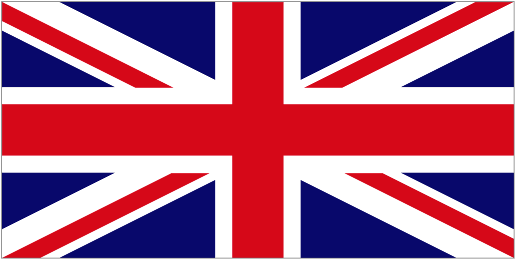
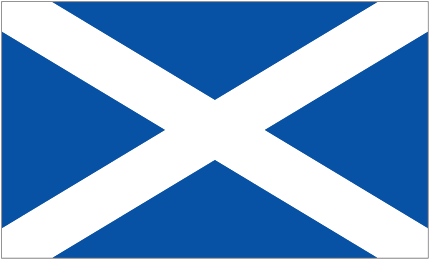
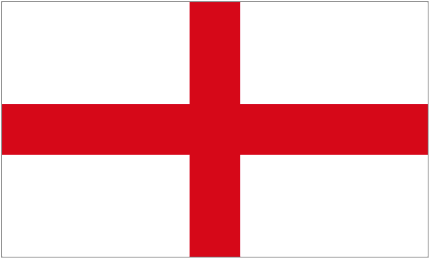
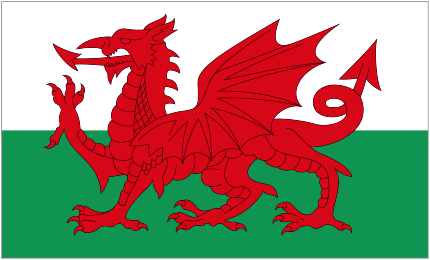
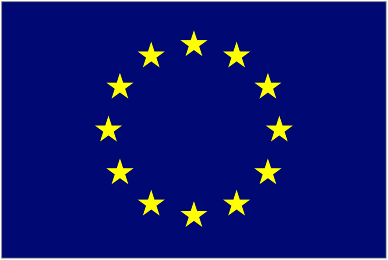
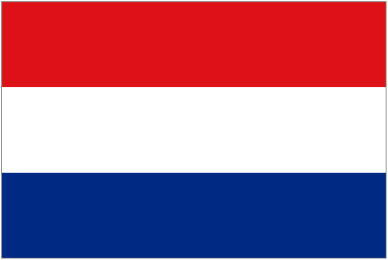
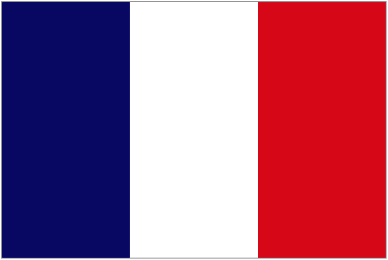
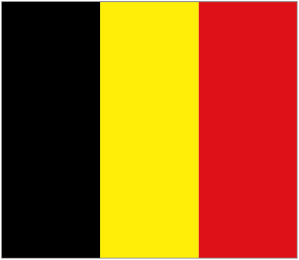
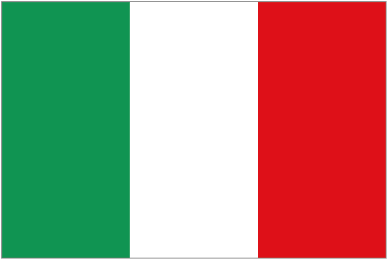
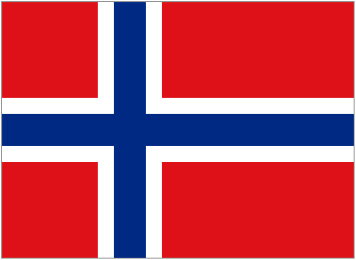
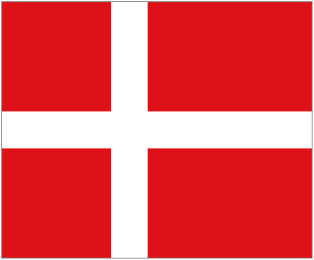
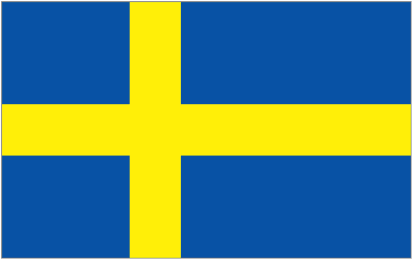
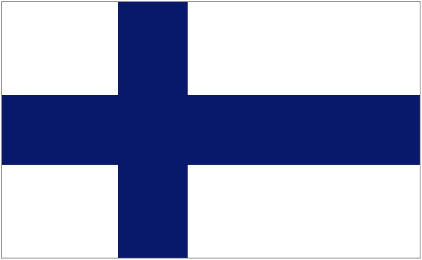
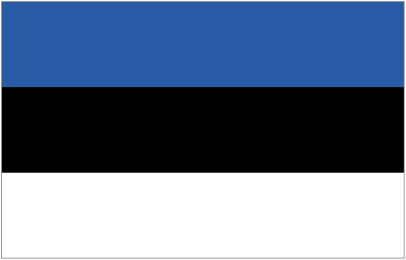
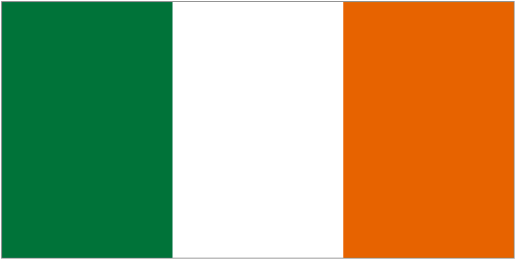
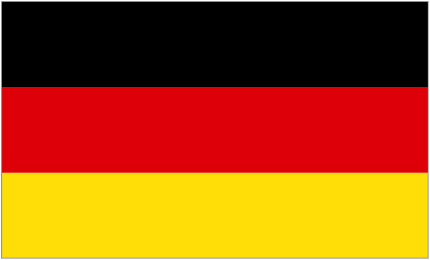
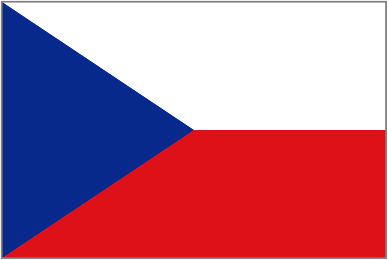
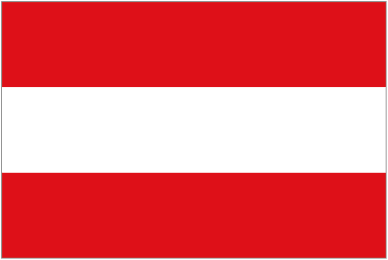
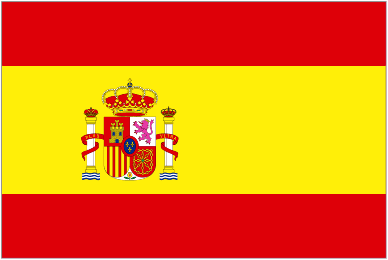

0 Comments:
Post a Comment
<< Home